Como pinté con acuarela una rosa, paso a paso #2. / How I painted a rose watercolor, step by step # 2
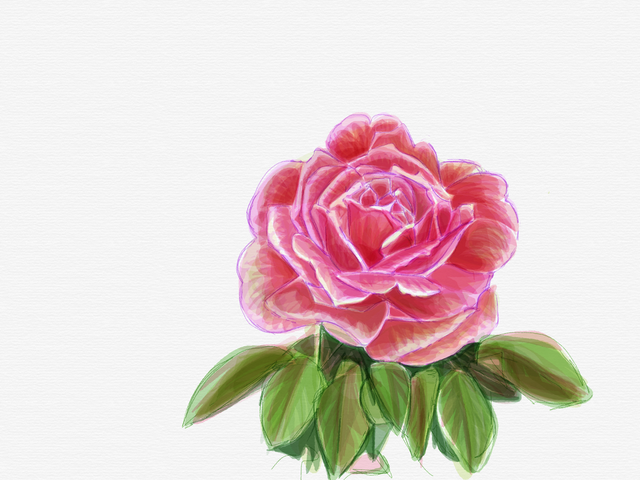
Proyecto “Paso a paso”
Siguiendo con el proyecto “paso paso” hoy os voy a mostrar como pinté la rosa que decora mi publicación Haiku 10.
Este proyecto consiste en iros mostrando cómo voy haciendo un dibujo y, a la vez, indicaros algún consejo que, tal vez, os pueda ser de utilidad.
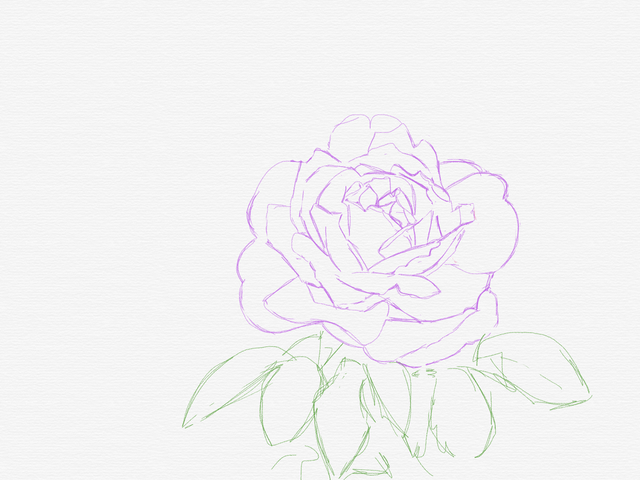
Lo primero deciros que utilizó el programa Sketches y desarrollo la pintura en el iPad. Esta forma de dibujar me resulta práctica porque me permite dar “pasos atrás” si algo no me gusta o no me ha quedado bien.
Pintar en el iPad es mas sencillo. Todo el montaje previo a comenzar una pintura es mucho menos engorroso. También, está la ventaja de que esta forma de pintar es muy limpia y no produce olores.
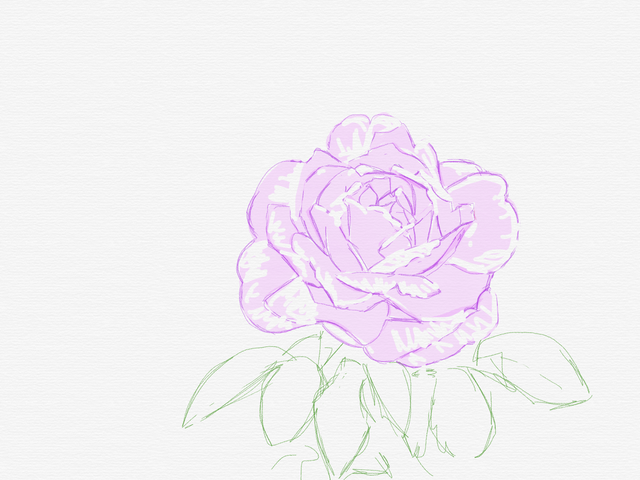
Primeramente, con la herramienta lápiz, pinté la silueta. Usando la goma y el lápiz, se puede ir mejorando y rectificando progresivamente el dibujo. Para facilitar el dibujo se puede calcar desde una fotografía porque el programa permite hacer capas.
Es muy importante el dibujo porque obtener un buen resultado se basa en tener un buen dibujo de base.
Un buen dibujo es la base de un buen resultado.
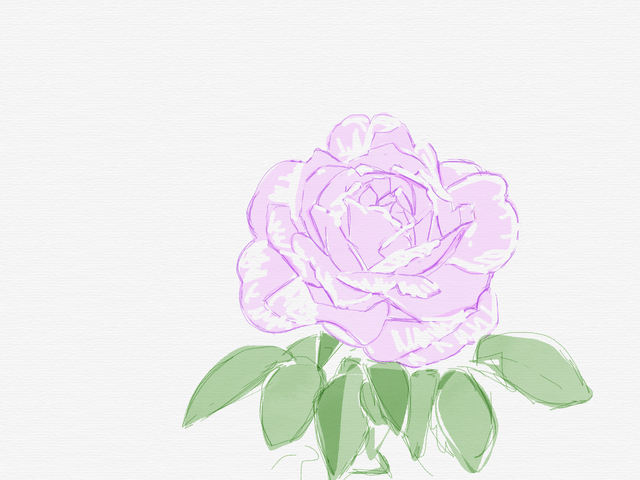
Luego fui rellenando los espacios con color. En este caso preferí utilizar sólo acuarela.
Lo bonito de la acuarela es su transparencia y sus puntos de luz. Al principio, puse el color muy transparente para ir, progresivamente, aplicando capas y aumentar su opacidad e intensidad del color.
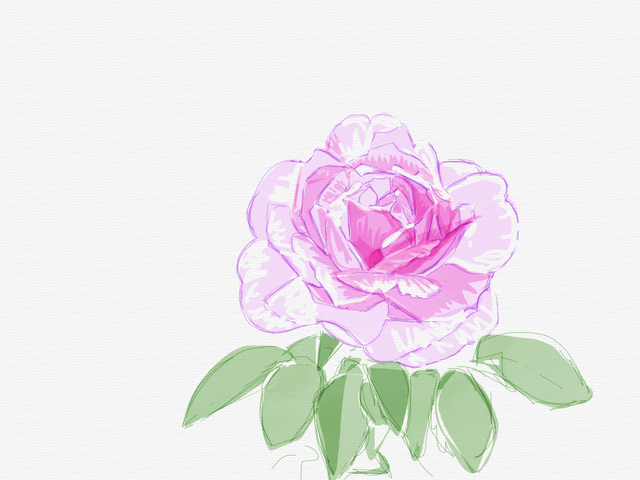
Hay que cuidar bien donde se aplica la capa de color puesto que la acuarela no admite marcha atrás, ni rectificación.
Progresivamente, fui dando diversas capas de acuarela dejando algunos espacios en blanco. Se debe planear de antemano cuáles serán las zonas de mayor color y por tanto menos trasparentes. De la misma manera, es muy importante determinar antes de comenzar a aplicar color, los espacios que quedarán en blanco o muy transparentes.
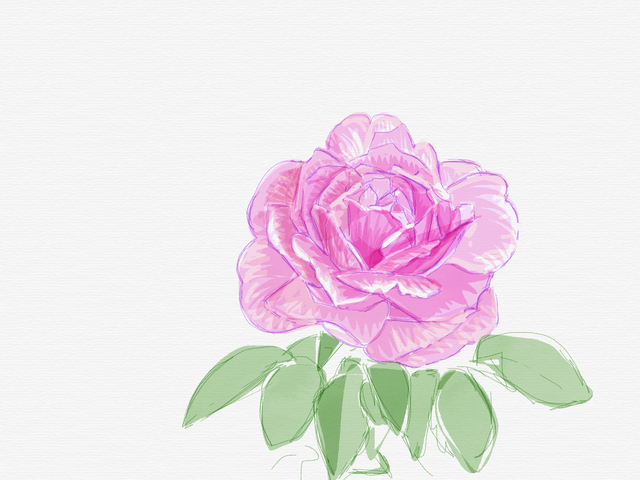
Fui añadiendo colores distintos para que no fuera todo tan homogéneo. Al final añadí pequeños toques de amarillo que no le había aplicado antes y también de un verde muy claro. Para integrar todas las zonas de la pintura entre sí, en todos los lados tiene que haber colores parecidos.
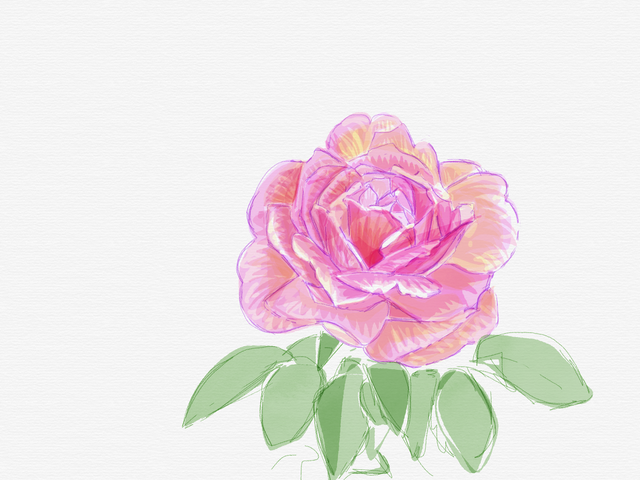
Es decir, si se aplica un amarillo hay que repartir el amarillo por todo el cuadro o si se aplica un rosa, ese mismo rosa debe estar sutilmente repartido por toda la pintura. Esta norma es la que aplicaba el famoso pintor Paul Cézanne.
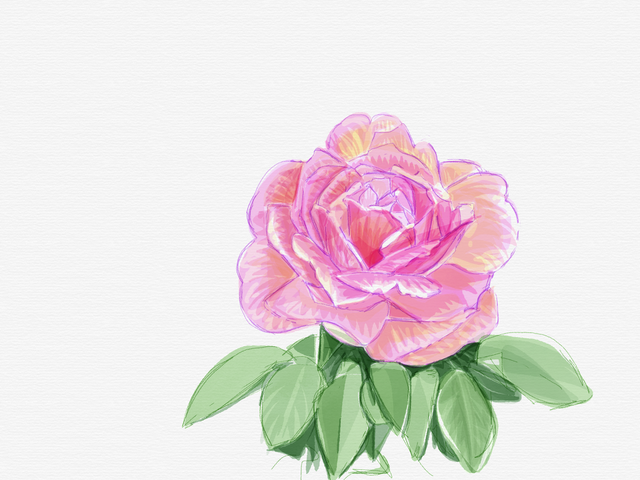
El proceso de pintura es ir construyendo desde el claro al al oscuro. Así, fui resaltando las zonas más oscuras y dejando sin tocar las mas luminosas.
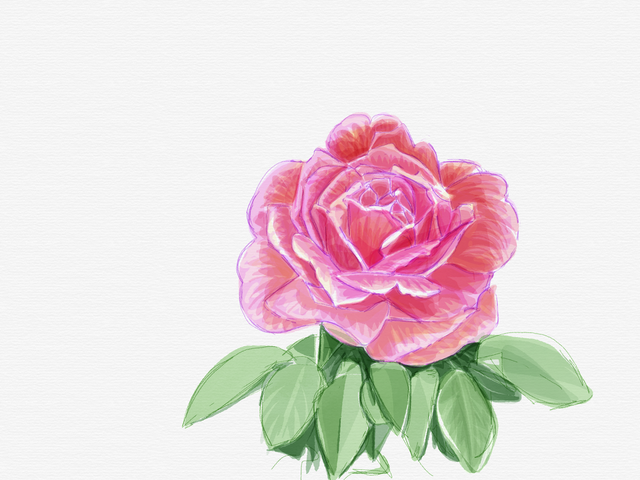
En la acuarela, lo más bonito es su efecto de trasparencia y luminosidad.
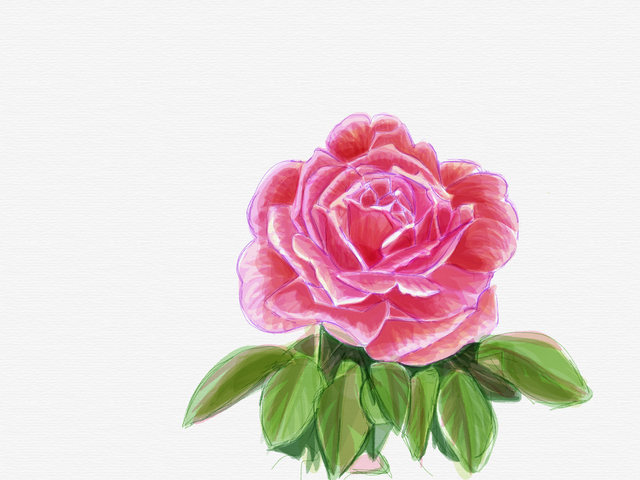
Pretendí obtener un resultado imperfecto pero sugerente. No suele dar buenos resultados que esté todo excesivamente delimitado y perfilado. Como yo suelo decir: No me gusta que quede todo especialmente “relamido”.
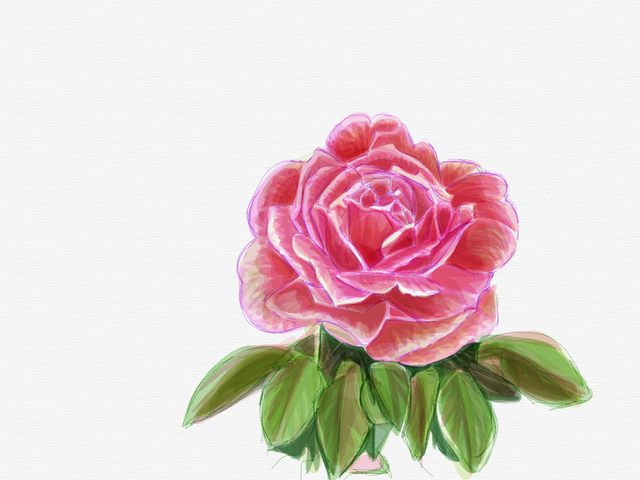
Lo importante es saber parar a tiempo y darse cuenta de cuando la pintura está terminada evitando así una excesiva perfección.
Espero que esta guía os haya sido útil y práctica. Si tenéis alguna pregunta, con mucho gusto os la puedo intentar contestar. De la misma forma, también será bienvenido si me queréis dar algún tipo de consejo. Espero vuestros comentarios.
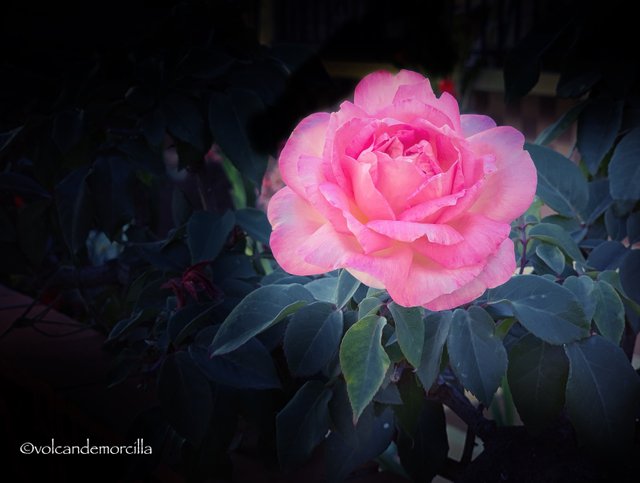
As I painted a rose with watercolor, step by step # 2
Continuing with the project "step step" today I am going to show you how I painted the rose that decorates my publication Haiku 10.
This project consists of showing you how I am doing a drawing and, at the same time, indicating some advice that, perhaps, may be useful to you.
The first thing to say is that he used the Sketches program and developed the painting on the iPad. This way of drawing is practical because it allows me to take "steps back" if something I do not like or it has not stayed well.
Painting on the iPad is easier. All the assembly prior to starting a painting is much less cumbersome. Also, there is the advantage that this way of painting is very clean and does not produce odors.
First, with the pencil tool, I painted the silhouette. Using the rubber and pencil, you can gradually improve and rectify the drawing. To facilitate the drawing, it can be traced from a photograph because the program allows to make layers.
Drawing is very important because obtaining a good result is based on having a good basic drawing.
A good drawing is the basis of a good result.
Then I filled in the spaces with color. In this case I preferred to use only watercolor.
The beauty of watercolor is its transparency and its points of light. At first, I put the color very transparent to go, progressively, applying layers and increase its opacity and intensity of color.
You have to take good care of where the layer of color is applied since the watercolor does not support reverse or rectification.
Progressively, I gave several watercolor layers leaving some blank spaces. It should be planned in advance what will be the areas of greater color and therefore less transparent. In the same way, it is very important to determine before starting to apply color, spaces that will be blank or very transparent
I was adding different colors so that everything was not so homogeneous. At the end I added small touches of yellow that I had not applied before and also a very light green. To integrate all areas of the paint with each other, on all sides there must be similar colors.
That is to say, if a yellow is applied it is necessary to distribute the yellow throughout the painting or if a rose is applied, that same rose must be subtly distributed throughout the painting. This standard is applied by the famous painter Paul Cézanne
The painting process is to build from the clear to the dark. So, I was highlighting the darkest areas and leaving the brightest without touching.
You have to know how to stop in time. In watercolor, the most beautiful is its effect of transparency and luminosity
I tried to obtain an imperfect but suggestive result. It does not usually give good results that everything is excessively delimited and outlined. As I usually say: I do not like that everything especially "relicked".
The important thing is to know how to stop in time and realize when the painting is finished, thus avoiding excessive perfection.
I hope this guide has been useful and practical. If you have any questions, I can gladly answer. In the same way, you will also be welcome if you want to give me some kind of advice. I await your comments.
Cómo lo hago
Fotografía la tomé con mi iPhone X.
Los dibujos los hice en el iPad con el programa Sketches.
For the photography I use my iPhone X.
For the drawings, I use the Sketches program and paint them on the tablet.
Si quieres ver como lo hago, visualiza estos cinco enlaces de publicaciones previas.
If you want to see how I do it, visualize these five links from previous publications.
Cómo pinté un Lirio. Paso a paso #1


Original design for @talentclub de @carlos-cabeza
Las fotos son mías y originales. También, soy el autor del dibujo separador.
¡Espero tus comentarios!
The photos are originals and mine. Also, I am the author of the separator drawing.
I await your comments.
¡Buen Camino!
I was already worried that the post will be in Spanish only when I scrolled down to see the English version. Yay!
It's a beautiful rose. Roses are one of my favorite flowers as they symbolize romance to me :) I like the color, lighting and shadowing. You've done a great job with this one!
Thank you for sharing and have a lovely weekend!
Thank you very much, friend, I'm glad you enjoyed it. Honored with your visit. 😊
Posted using Partiko iOS
Una rosa hermosa, lo haces ver tan fácil el tutorial, pero no creo que sea así 🤦...
Tu haces cosas mucho mas complejas. Además, tienes una imaginación que te desborda por los cuatro costados. Jejejej
Un abrazo 🤗
Muy buen dibujo, te ha quedado muy bien, y la foto también es muy bella, tienes muchas habilidades para el dibujo digital, abrazos.
En mi casa siempre nos gustó pintar y pasábamos de pequeños muchos ratos pintando. Espero, algún día tener mas tiempo para esto. Gracias y un abrazo 🤗
Posted using Partiko iOS
Excelente tutorial y muy buen resultado.
Muchas Gracias. Me encanta que te guste. 😊
Posted using Partiko iOS
Eres pintor, artista e innovador ¡bravo! Me gusta la técnica que aplicas y que no te manchas las manos aunque eso tambien forma parte de ser artista. Gracias por compartir me gusta mucho aprender cosas nuevas y tu lo pintas fácil.@volcandemorcilla
El dibujo lo hice mientras veía la televisión. Muy cómodo. Tampoco hay que pringarse... jejejej
Posted using Partiko iOS
Me alegra mucho que te guste.😊
Posted using Partiko iOS
Una belleza!! Cuanta paciencia amigo. Esto es para artistas jejeje yo solo imagino el proceso y me asusto. Me encanta esto pero no sé por qué creo entrar en pánico cuando imagino que no podría hacerlo. Bellos tonos, una vez más lucen de maravilla. Saludos!
No es tan difícil y si te equivocas siempre puedes borrar o dar pasos atrás para rectificar.
Un abrazo 🤗
Posted using Partiko iOS
Delicado trabajo y un resultado final de excelencia. Felicitaciones. Bella rosa. Saludos.
Muchas Gracias amiga 😊
Posted using Partiko iOS
¡Felicidades! Esta publicación obtuvo upvote y fue compartido por @la-colmena, un proyecto de Curación Manual para la comunidad hispana de Steemit que cuenta con el respaldo de @curie.
Si te gusta el trabajo que hacemos, te invitamos a darle tu voto a este comentario y a votar como testigo por Curie.
Si quieres saber más sobre nuestro proyecto, acompáñanos en Discord: La Colmena.
This post was shared in the #spanish-curation channel in the Curation Collective Discord community for curators, and upvoted and resteemed by the @c-squared community account after manual review.
@c-squared runs a community witness. Please consider using one of your witness votes on us here
Muchas Gracias, amigos 😊
Posted using Partiko iOS
Realizas un contenido hermoso, nos encantaría verte participar en nuestro #RetoTop10.
Nos leemos!